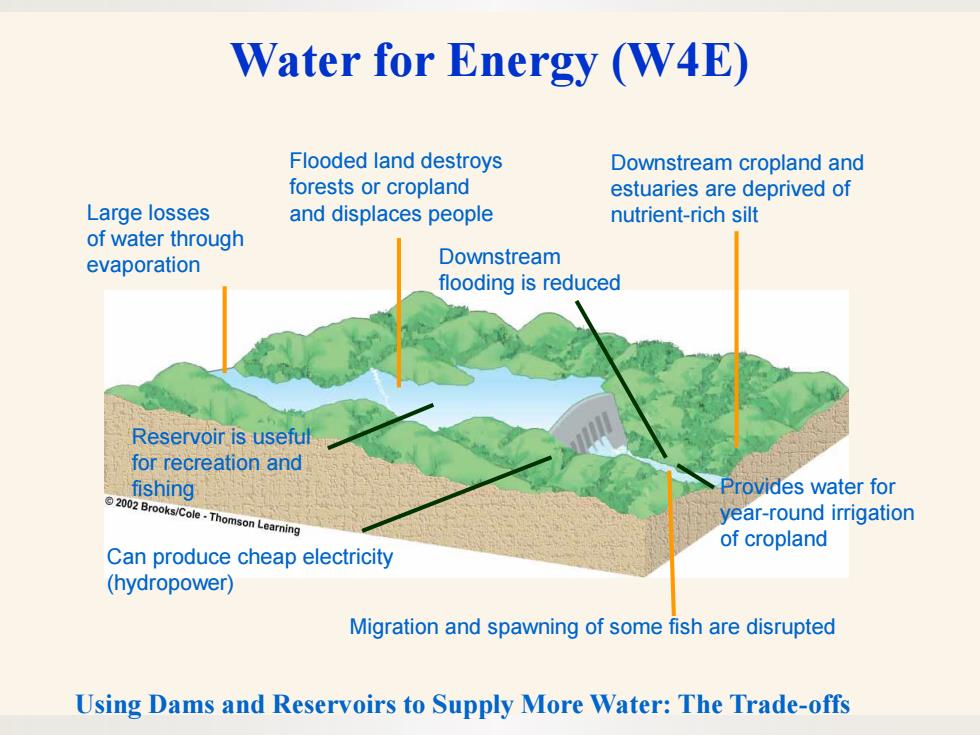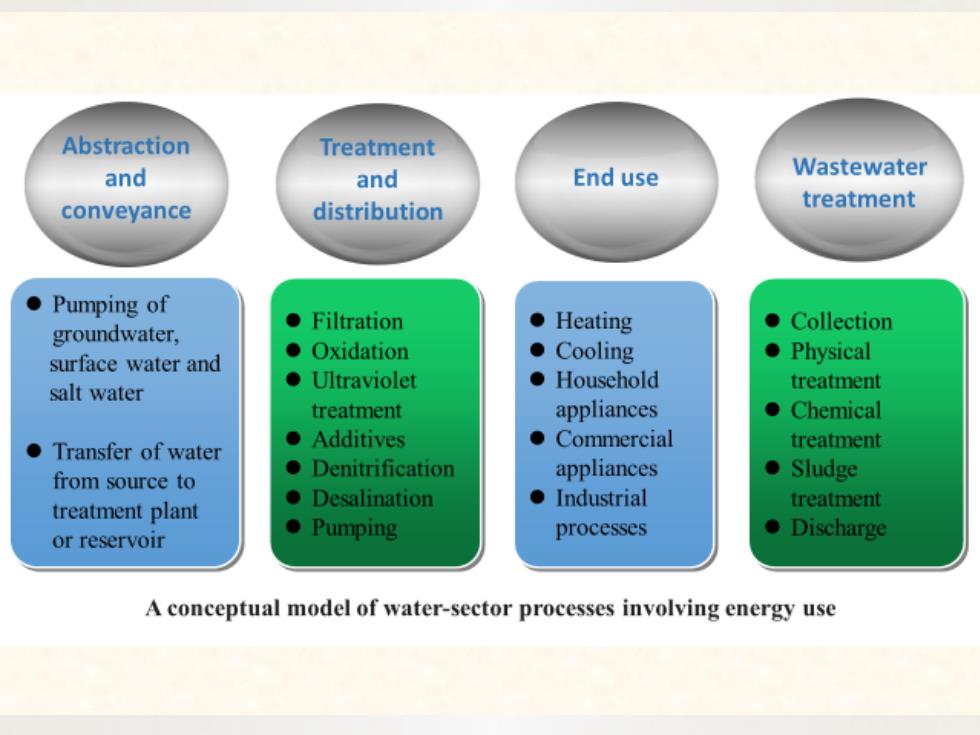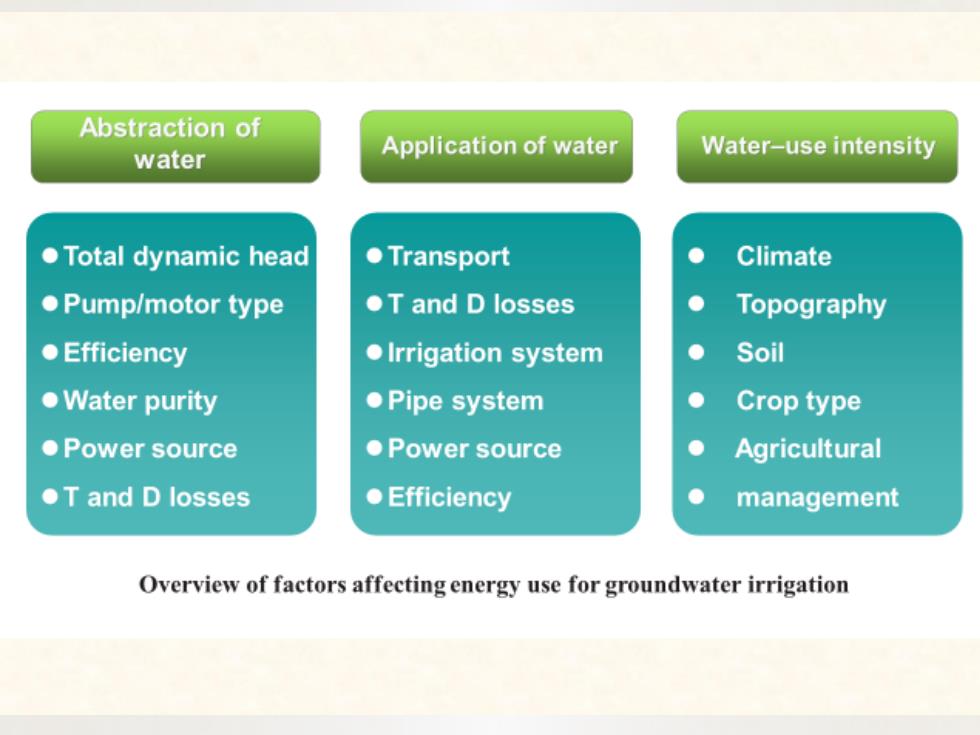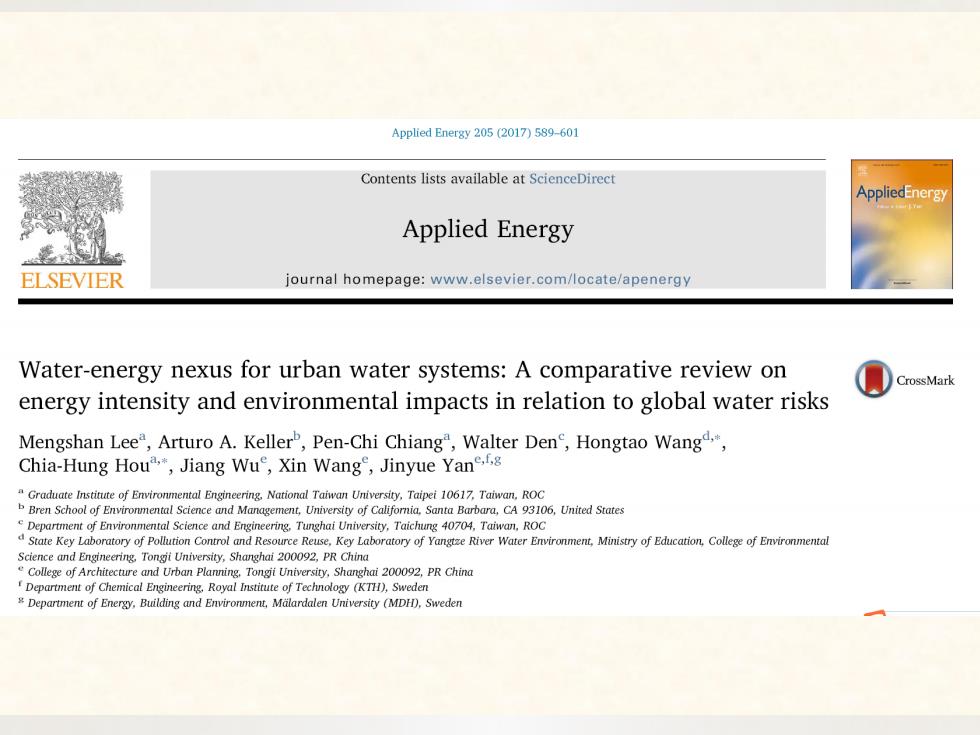
Water for Energy (W4E) Flooded land destroys Downstream cropland and forests or cropland estuaries are deprived of Large losses and displaces people nutrient-rich silt of water through evaporation Downstream flooding is reduced Reservoir is useful for recreation and fishing Provides water for 2002 Brooks/Cole-Thomson Learning year-round irrigation of cropland Can produce cheap electricity (hydropower)) Migration and spawning of some fish are disrupted Using Dams and Reservoirs to Supply More Water:The Trade-offs
Using Dams and Reservoirs to Supply More Water: The Trade-offs Reservoir is useful for recreation and fishing Can produce cheap electricity (hydropower) Provides water for year-round irrigation of cropland Water for Energy (W4E) Migration and spawning of some fish are disrupted Large losses of water through evaporation Flooded land destroys forests or cropland and displaces people Downstream flooding is reduced Downstream cropland and estuaries are deprived of nutrient-rich silt

Abstraction Treatment and and End use Wastewater conveyance distribution treatment ●Pumping of ● groundwater, Filtration ●Heating ●Collection ●Oxidation surface water and ●Cooling ●Physical salt water ●Ultraviolet ●Household treatment treatment appliances ●Chemical ●Transfer of water ●Additives ●Commercial treatment from source to ●Denitrification appliances ●Sludge ●Desalination ● Industrial treatment treatment plant or reservoir ●Pumping processes ●Discharge A conceptual model of water-sector processes involving energy use

Abstraction of Application of water water Water-use intensity ●Total dynamic head ●Transport Climate ●Pump/motor type ●T and D losses ● Topography ●Efficiency ●Irrigation system ● Soil ●Water purity ●Pipe system ● Crop type ●Power source ●Power source ● Agricultural ●T and D losses ●Efficiency ● management Overview of factors affecting energy use for groundwater irrigation

Applied Energy 205(2017)589-601 Contents lists available at ScienceDirect AppliedEnergy Applied Energy ELSEVIER journal homepage:www.elsevier.com/locate/apenergy Water-energy nexus for urban water systems:A comparative review on CrossMark energy intensity and environmental impacts in relation to global water risks Mengshan Lee",Arturo A.Keller,Pen-Chi Chiang",Walter Den,Hongtao Wangd., Chia-Hung Hou,Jiang Wu,Xin Wang,Jinyue Yan. Graduate Institute of Environmental Engineering.National Taiwan University,Taipei 10617,Taiwan.ROC Bren School of Environmental Science and Management,University of Califomnia,Santa Barbara,CA93106,United States Department of Environmental Science and Engineering,Tunghai University,Taichung 40704,Taiwan,ROC State Key Laboratory of Pollution Conro and Resource Reuse,Key Laboratory of Yangtse River Water Environment,Ministry of Education,College of Environmental Science and Engineering.Tongii University,Shanghai 200092,PR China College of Architecture and Urban Planning,Tongji University,Shanghai 200092,PR China Department of Chemical Engineering.Royal Institute of Technology (KTH),Sweden Department of Energy,Building and Environment,Malardalen University (MDH),Sweden

kWh/m3 0.00-3.70a-d 0.03-0.58ac >50a -0.16a 0.18-10.0a,d Abstraction Treatment Distribution End-Use Collection Treatment Conveyance Source water reclamation -surface water -groundwater -sea water replenishment -brackish groundwater Ranges of energy intensity within an urban water cycle using average values of benchmarking studies. In Spain,the specific level ofenergy consumption per unit of delivered water is reported as 0.21,0.34 and 0.56 kWh/m for urban users,agriculture and wastewater treatment for recycling,respectively
In Spain, the specific level of energy consumption per unit of delivered water is reported as 0.21, 0.34 and 0.56 kWh/m3 for urban users, agriculture and wastewater treatment for recycling, respectively Ranges of energy intensity within an urban water cycle using average values of benchmarking studies